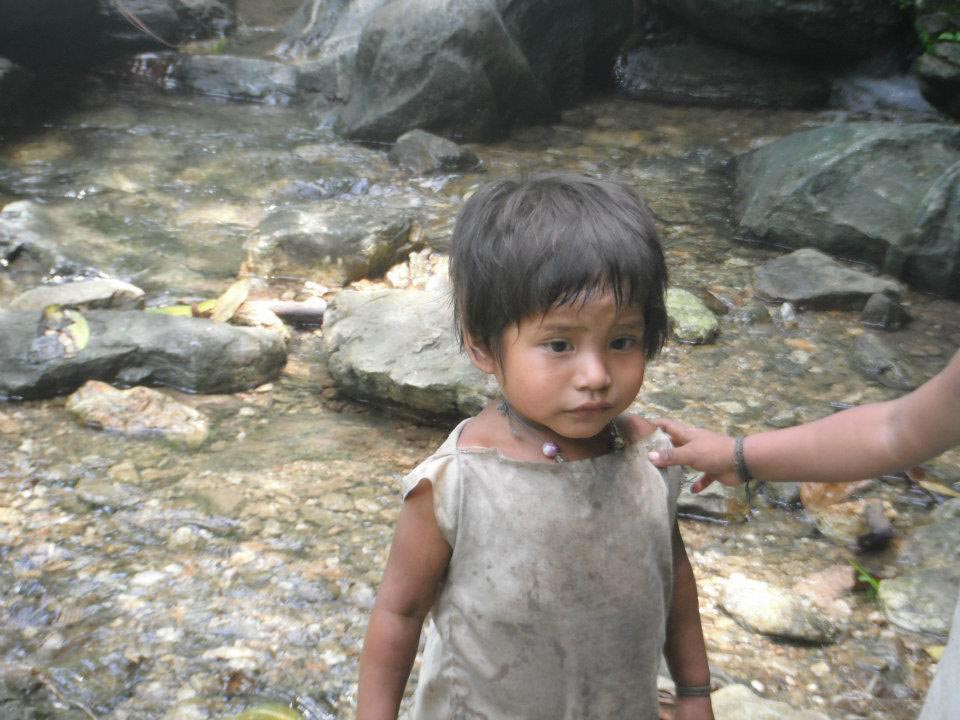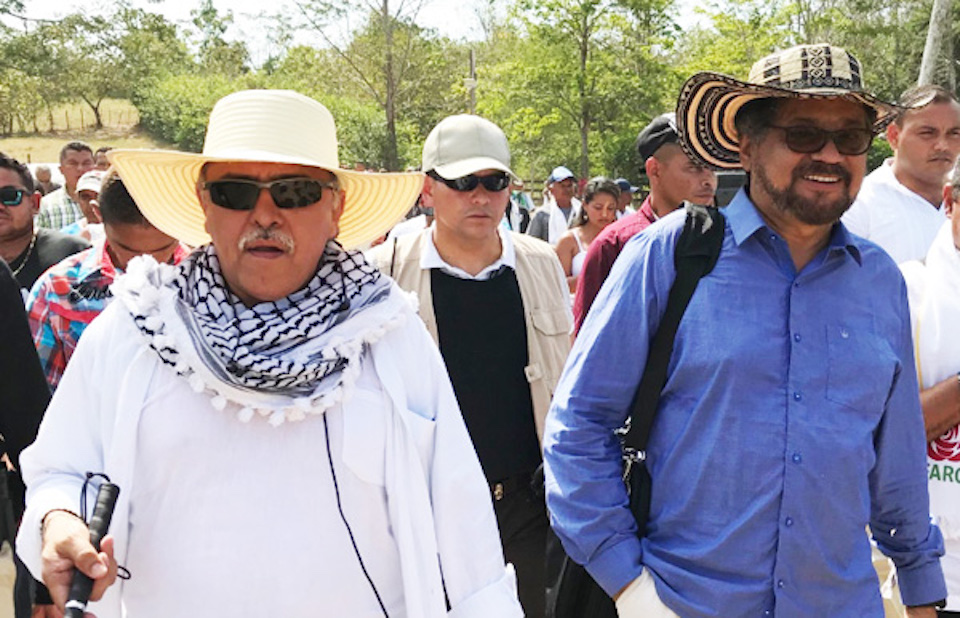
13.2% of children in Colombia are malnourished, but in La Guajira that figure stands at 34.7%. Photo: Ody Gonzalez
Activists and Supreme Court demand answers for the scores of children dying in La Guajira from food crisis
With infant fatalities rising and the situation branded a humanitarian crisis, pressure is mounting for the Colombian government to address the issues facing the Wayúu communities.
On July 31, Colombia’s Supreme Court called upon President Juan Manuel Santos to “design, coordinate, and execute an efficient and effective plan” to combat the malnutrition, health issues and lack of access to safe drinking water that plague La Guajira’s indigenous Wayúu communities.
Children have been particularly affected, with reports of infant fatalities becoming increasingly frequent over the past three years. In 2014, 48 children died from starvation – 38 in 2015, and 40 have already died this year. Representatives of the Wayúu community have declared a “humanitarian crisis”, while the activist group Dejusticia demanded that Santos answer for those who have died, saying that it is impossible for any nation state not to know why its children are dying.
While some 13.2% of Colombian children are undernourished, in La Guajira that figure stands at 34.7%. On top of this, 55% of guajiros live in extreme poverty (down from 70% in 2008). Researcher Isidro Ibarra Ipuana told website Wayuunaiki that the starvation of children was due to a variety of factors: climate change, unemployment, livestock theft and the Wayúu’s dependency on the state.
A prolonged and unusually strong El Niño phenomenon has also played its part, while the political geography of the region has been suggested as being partially responsible for the current crisis. La Guajira sits on the border with Venezuela, and the closure of the frontier in August 2015 has eliminated trade with Colombia’s neighbour, so food can no longer be imported.
Ibarra Ipuana also points to a controversial change in legislation governing departmental revenue collection as having an effect on the finances of La Guajira, and consequently its ability to provide for its population. Rather than the profits of the region’s lucrative coal industry, dominated by Cerrejón, staying in the area as they did before, they are now pooled by the national government in Bogotá along with income generated by other departments – at which point local governments are able to propose projects in order to receive funding back.
Critics say that the national government has done little to alleviate the severe situation in which La Guajira finds itself, save for a much-heralded aqueduct that was finally opened in Riohacha by Santos in March 2015. That it only serves the historic centre of the city is rarely mentioned.
La Guajira is also a department wracked by corruption. The department has had five governors in the past three years – two of which have had their tenures terminated by the national State Council. When questioned as to the whereabouts of the various infrastructure works for which the national government had provided La Guajira money, ex-governor Luis González Crespo told reporters that they weren’t visible because they were “underground”. They weren’t; Crespo is now serving a 10-year prison sentence, handed down to him on the back of corruption charges and “irregularities” in the signing of contracts.
It is little wonder, then, that Cristina Plazas Michelsen, the director of the Colombian Institute of Family Wellbeing (ICBF), was dismayed to announce on August 3, that contractors hired to distribute food to vulnerable Wayúu communities hadn’t been doing so at all. They even found cases of “phantom children”, in which inflated numbers of recipients were registered. It is hoped that a new plan for La Guajira can change the direction of this beautiful yet forlorn province once and for all.
By John Bartlett





